Published 19 February 2017 ● Last Updated on 30 September 2020
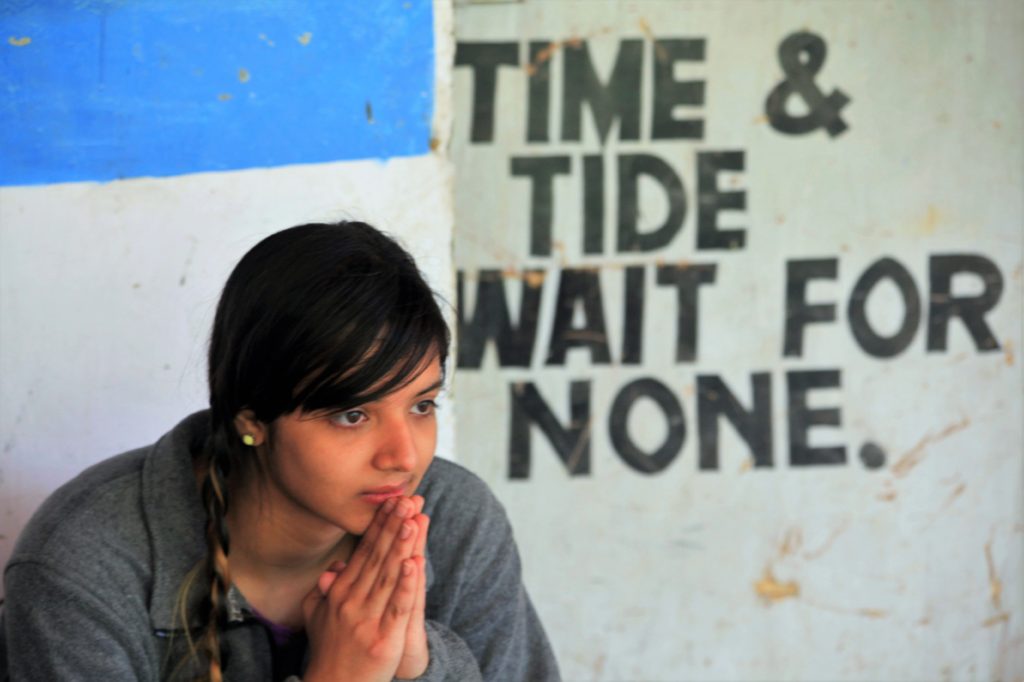
Ananya, at seventeen, is our youngest guest author yet. An 11th grade student at The Shri Ram School, New Delhi, India, she loves children, animals, books, and music. A writer of poetry, a painter of sorts, and a singer of tunes, she dreams of a better, kinder world. She has penned this article based on her experiences in the tranquil valleys of Ladakh while volunteering with 17000 ft Foundation, an NGO. What struck us the most while we were speaking with Ananya was her observation that ‘In Ladakh, every day is Earth Day’. And that is when we urged her to pen this article for Secondsguru to share her learnings there, first hand. Read more about her experience volunteering in Ladakh on her blog www.ananyalearnstojulley.
In her own words;
From as far back as when I was in kindergarten, I was taught the three “R”s – Reduce, Reuse and Recycle. It was ingrained into us on how to make small changes to be more in sync with the environment. At home we were taught to close the tap tightly and not let it even drip, to put off the lights and fan when we left the room, to not waste food, to use newspaper for wrapping gifts, to recycle all paper that had even a margin empty for our scribbles, to not litter and so on. At school we were told to use only brown paper bags – saying no to the plastic alternatives, to not burst firecrackers on Diwali, to play a dry Holi with only natural colours and so on. And then there is Earth Day, the day we not only turn out all lights for an hour, but plant trees, organize recycling drives, reuse old cans, boxes in interesting ways. But even Earth Day didn’t prepare me for Ladakh, where every day is Earth Day.
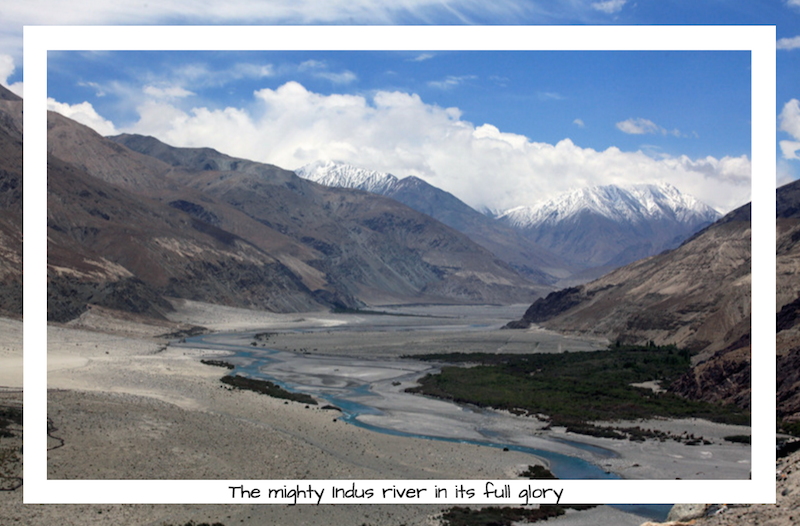
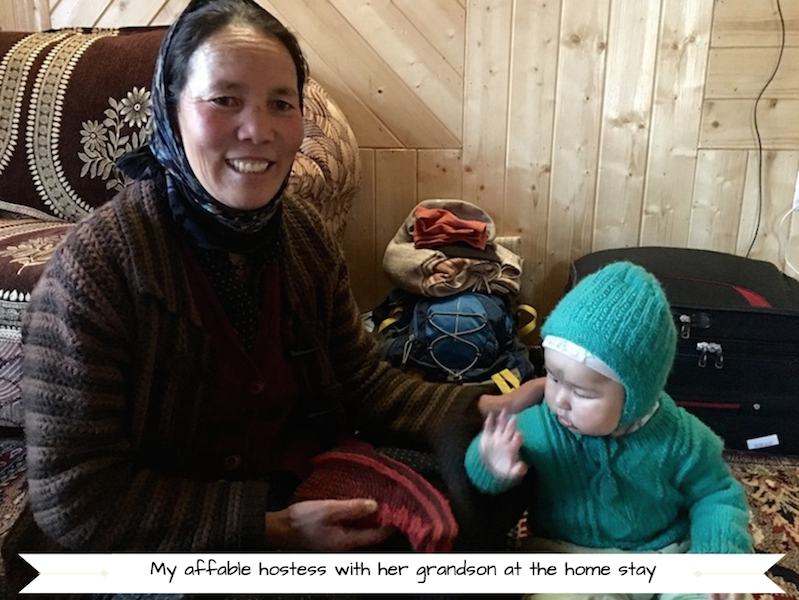
Every drop of water
Ladakh is a cold desert with freezing temperatures for the greater part of the year. There is no electricity for most of the day in the villages, and running hot water is an extreme rarity. The early morning quota of water, heated over a stove, is therefore very valuable. Every drop of water is used carefully so that your teeth get brushed, face gets washed and the grime between your toes is cleaned out. The Ladakhi people have a simple way of living, and while sleeping on the Kashmiri carpets, going without a bath, eating a simple diet of rice, dal and local greens were not that hard to adjust to, it was getting used to the Ladakhi toilet that was a challenge.
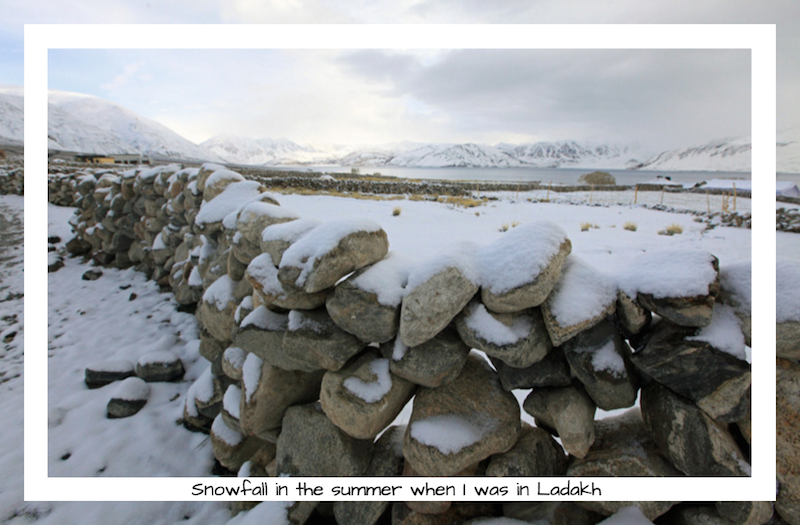
In my first encounter with the Ladakhi toilet, I found I had unusual neighbors – cows mooing encouragingly at me, from their home in the barn, on the other side of the wall. It takes a lot of practice to actually get used to the Ladakhi toilet. With just a hole in the ground, uneven floor and walls, my main concern was to save myself from falling through the hole, and holding onto the walls to get my balance was an acquired skill. Toilet visits had to be carefully planned in advance; always in pairs, because one person had to keep watch since the toilet tin doors don’t have latches, and preferably not in the dark, because navigating the hole without daylight was even tougher.
My apprehensions about the Ladakhi toilet were slowly replaced by respect, as I learnt that they were actually very environment-friendly; basic and effective. Ladakhi toilets are dry compost toilets, that save precious water, a scarce resource the world over, but more so in the cold desert of Ladakh. In every Ladakhi toilet you will find a shovel, which is used to throw a bit of dirt down the hole after you finish. This not only reduces any odour but, very importantly, also helps to convert the waste into compost, Human waste is converted into fertilizer for the fields and animal waste, cow, horse and even donkey dung, is used as fuel for cooking. The Ladakhi people add another R to the three we already know of, R for Resourceful.
The people of Ladakh are very practical and really learn to make the best of everything they have, remaining optimistic in every situation. They welcome you into their homes and treat you like their own, giving you more than what they ever would to themselves despite the shortage of resources. In one of the villages the hostess of the home stay sat out in the cold open field, baking fresh bread rolls and making rotis(1) for our dinner, on a traditional stove run on animal dung or wood. The diet of the Ladakhi people is very high in carbohydrate content, probably because of the scarcity of vegetables and protein and because of the harsh, extreme cold. I learned, that a bit of pickle made the ‘Kisir’ (buckwheat pancakes) much easier to swallow, that saying no to ‘Butter Tea’ was met with incredulous looks and exclamations and that my fingers were more dexterous than cutlery. I even got fooled once into thinking I was getting to eat enormous Momos(2), until I realized that there was no meat or vegetables hidden in the folds of what turned out to be the traditional Tingmo (steamed bread rolls).
Ladakh presents a beautiful picture. Snow falls lightly on the rolling green fields which are dotted with trees, and the Indus river rushes down, thundering along the roads. We often forget to appreciate nature when we lead our busy and bustling lives in the city, but Ladakh makes you pause and take it all in. With no mobile connectivity, no electricity to run the television, the best forms of entertainment proved to be long walks along the hilly paths, with the sun beating down through the cold and the breeze tangled with my hair. In fact, due to the absence of Wi-Fi, we went back to basics, playing card games, showing each other magic tricks, dancing, singing, playing dumb charades and even reading books to amuse ourselves. I learnt how to play the Ladakhi version of Uno, and tried my hand at the disappearing coin magic trick. It all brought back a sense of pure, unadulterated happiness, the kind you can’t get from behind a phone screen. Even the late night antakshari(3) games some others played around the bonfire, keeping me up till the wee hours of the morning, were worth listening in to.
But how do the children here entertain themselves? For us city dwellers, it’s a novelty to reconnect with nature, and to indulge in simple pastimes, but what about the children who live in Ladakh? They have no smartphones, no television and no playgrounds in their schools and no neighborhood parks, like we do, to keep themselves busy. Many children here have to walk from their homes, sometimes up to 4 kilometers, in order to even get to school at all. These children often find that their only companions are the cows and the goats in the fields, and they find their happiness in much simpler games than we did, like hide-and-seek, and catch.
When I visited Ladakh, I took small packets of chocolates with me as gifts for the children – we used them first as items for treasure hunts, and when empty as makeshift balls. The children here reminded me about the essence of childhood once again, as I made their little lunch time activities my own, and learned to find pleasure in the smallest of things.
Before leaving for Ladakh I had prepared teaching modules for the children to teach alongside the reading program offered by 17000 ft Foundation. I had to find easy, resourceful, and reproducible ways to conduct fun learning activities for these teaching modules on the solar system and the human body. I resorted to the use of simple activities, using just crayons and cardboard to make our own solar system puzzle and human body model, and old cardboard boxes to make props for the play. There was something more enjoyable, albeit tiring, about making the puzzles and props from scratch ourselves – something about being able to paint a face and transform it into a new person, or have a cardboard box serve as a cave, which added an extra touch of magic to our activities.

- Roti – a flatbread originating from the Indian subcontinent.
- Momo – a South Asian dumpling with a meat, vegetable or cheese filling.
- Antakshari – a singing game in which two teams compete, each taking turns to sing songs beginning with the alphabet that the other team’s song ends on.
- Julley – an all-purpose Ladakhi word, meaning hello, thank you and even goodbye.
–Ananya Saluja
Image Credits: Mamta Chhabra, Ananya Saluja

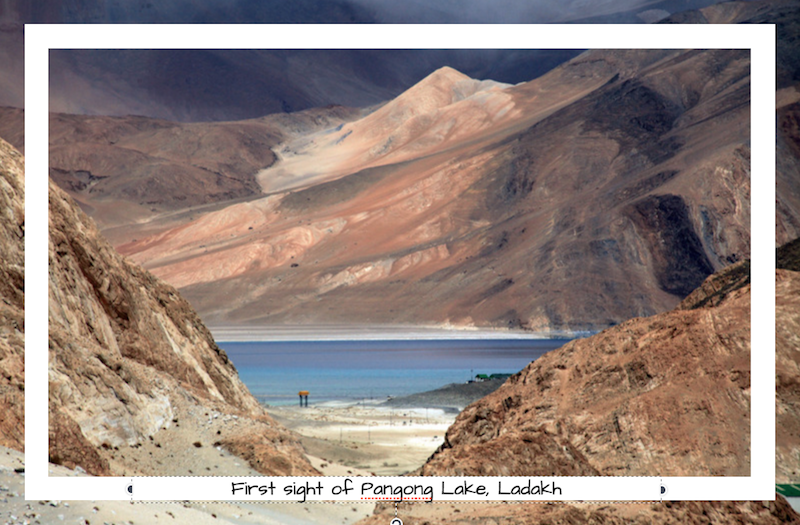
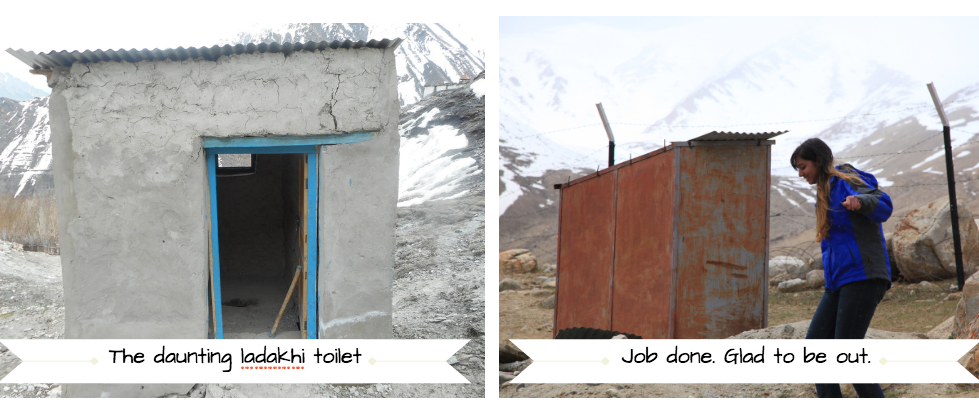
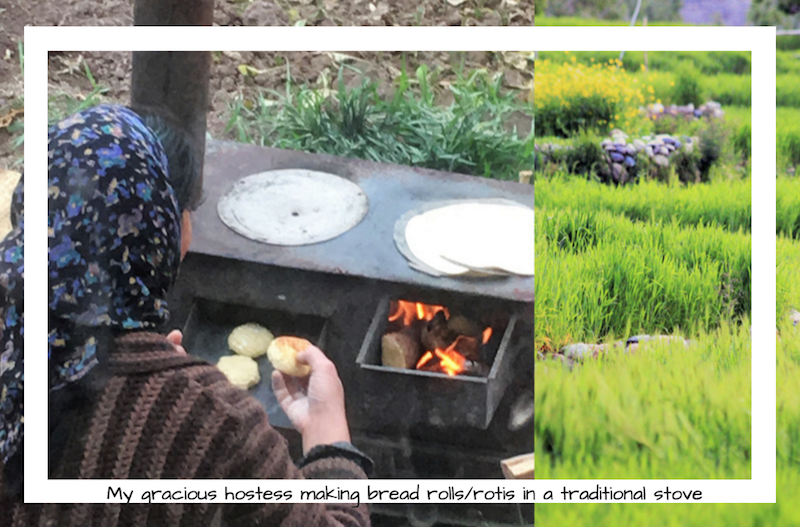
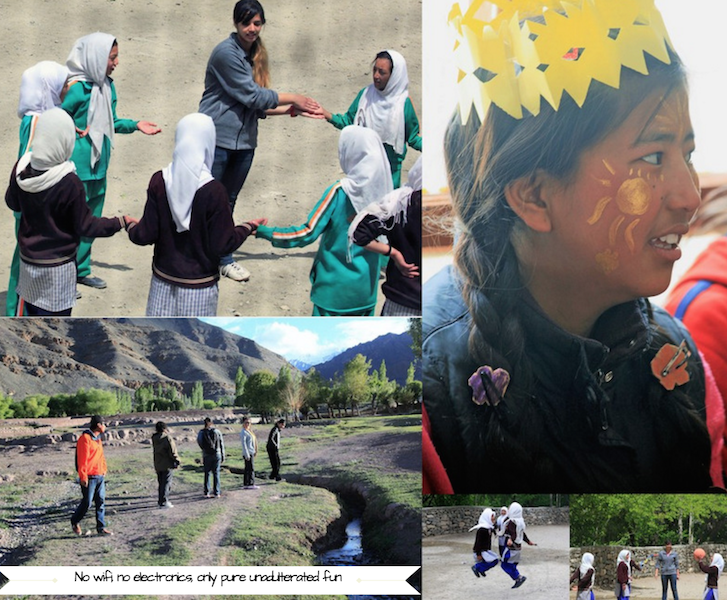


Anchal Jain
20 February 2017This piece captured the beauty and the innocence of the place so well. Really highlights the emotional and environmental cost of the modern world. We need to move away from urban, high concentration dwellings so that we can have hope of living alongside nature instead of decimating it.
Lara Rath Behura
20 February 2017Thanks for the mention Anchal. So true. We will pass your message to Ananya as well.